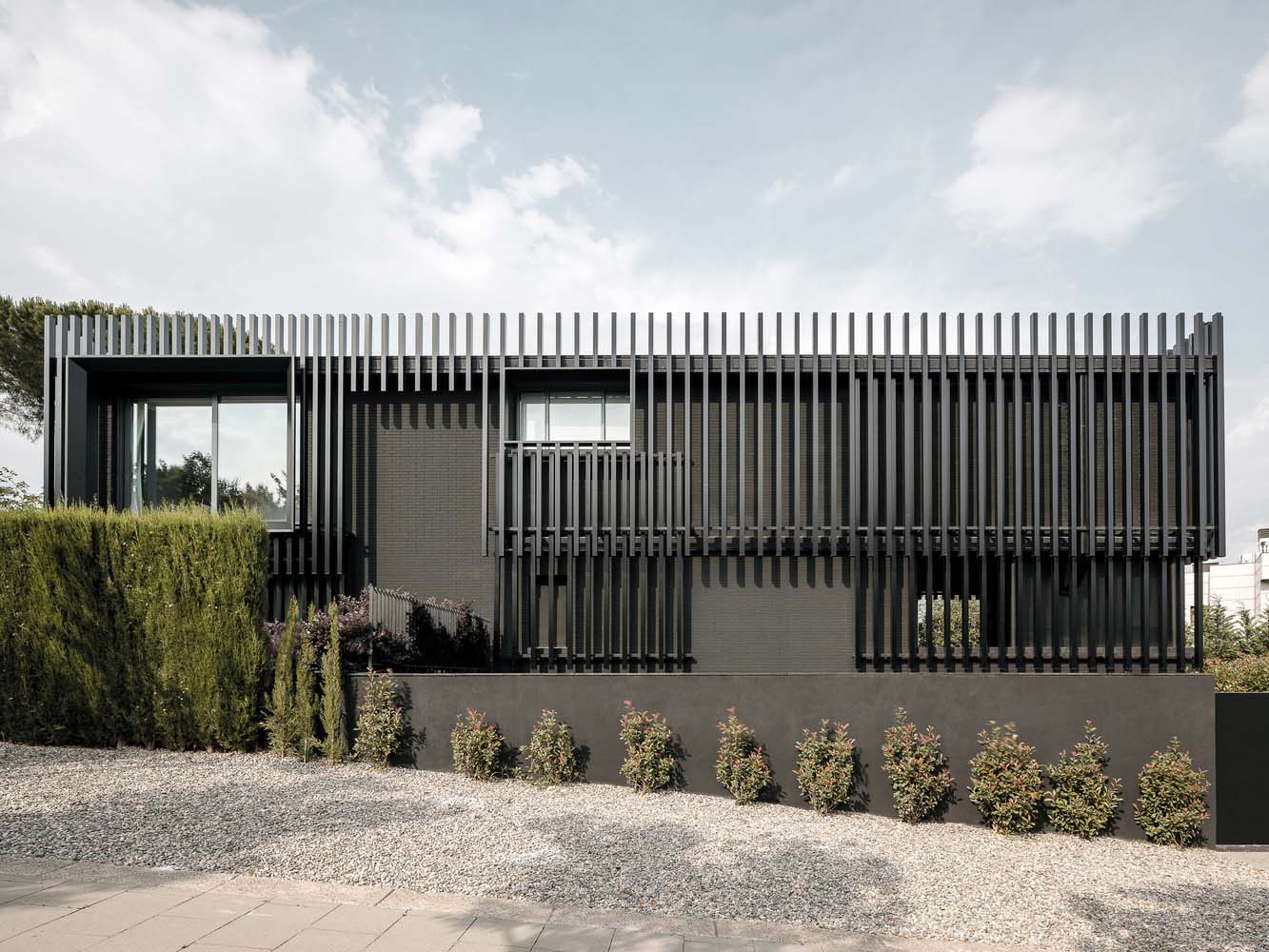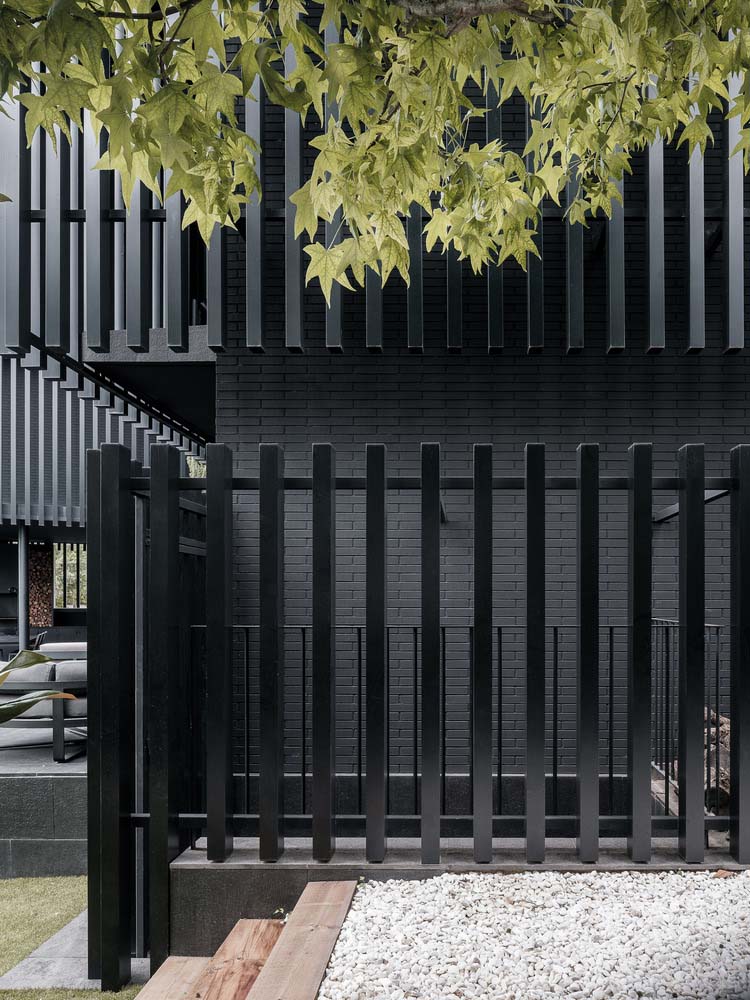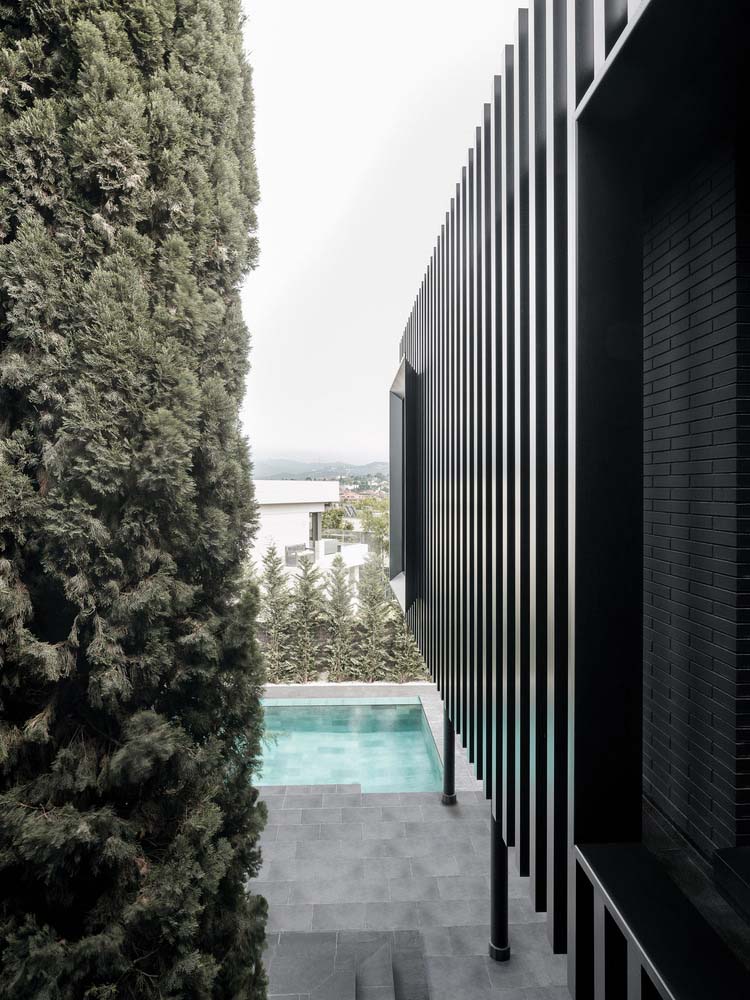
The construction industry stands at a pivotal crossroads where sustainability and efficiency are paramount. A wave of innovative materials and technologies is reshaping the foundation of how people build, steering society towards a future where buildings serve as not only habitats but also stewards of energy conservation.
This transformation is a beacon for more innovative, greener, and more efficient construction practices. Continue reading to explore the profound impact of these advancements and explore the groundbreaking materials setting new standards in building efficiency.
Innovations In Insulation
The realm of insulation in construction is experiencing a remarkable evolution. Advanced insulation technologies are emerging as critical players in enhancing building energy efficiency. These new materials bolster the thermal integrity of structures and contribute significantly to overall energy savings and environmental sustainability.
The following are some of the standout innovations in insulation:
Structural insulated panels (SIPs): SIPs offer a unified insulation and structural integrity solution. Their layered composition, typically featuring an insulating foam core between two structural boards, delivers superior thermal resistance. This integration streamlines the construction process and significantly reduces thermal bridging, a common source of energy loss in buildings.
Aerogel insulation: Known for its lightweight and high insulating properties, aerogel is a technological marvel in the insulation world. Its porous structure makes it one of the best insulators, effectively trapping air and minimizing heat transfer. This material is particularly beneficial in space-constrained applications where traditional insulation might be too bulky.
Vacuum insulation panels (VIPs): VIPs represent a cutting-edge approach to insulation. These panels contain a core material evacuated of air and sealed, resulting in incredibly low thermal conductivity. VIPs are exceptionally effective for applications requiring high insulation performance in thin layers.
As the industry embraces these advancements, companies like Raycore.com are at the forefront, contributing to the progression of energy-efficient building materials. Their efforts in developing and promoting innovative insulation solutions are integral to this dynamic shift towards sustainable construction practices. This shift is a stride towards a future where energy conservation and environmental responsibility are at the core of building design.

The Rise Of Smart Glass
Integrating smart glass in modern construction represents a significant leap in building design and energy efficiency. This innovative material transforms how buildings interact with their environment, offering both aesthetic appeal and functional benefits.
Below are the key features of smart glass and their impact on energy efficiency:
Responsive to light conditions: Smart glass windows can change their transparency based on external light conditions. This dynamic adjustment means less reliance on artificial lighting, as natural light can be optimized based on the time of day and weather conditions. The result is a significant reduction in energy consumption for lighting.
Improved thermal efficiency: One of the most notable benefits of smart glass is its contribution to temperature regulation. In winter, it can help retain heat within a building, while in summer, it can reduce the amount of heat entering, thereby lessening the workload on heating, ventilation, and air conditioning (HVAC) systems. This efficiency in maintaining a stable indoor temperature translates to lower energy costs and a smaller carbon footprint.
UV radiation Control: Smart glass can filter out harmful UV rays, protecting interior spaces and occupants from the adverse effects of sun exposure. This feature adds to the comfort and prolongs the lifespan of interior furnishings, which might otherwise degrade under constant exposure to sunlight.
Using smart glass in construction transforms the approach to energy-efficient building design. With its ability to adapt and respond to environmental conditions, smart glass sets a new standard in sustainable construction, proving that future buildings will be more energy-efficient, responsive, and intelligent.
Harnessing Renewable Energy
Integrating renewable energy sources is a fundamental aspect of modern, sustainable construction. As the focus on reducing carbon footprints intensifies, renewable energy solutions are increasingly becoming a standard feature in new building designs. This approach supports environmental sustainability and enhances the energy independence of buildings.
Some essential aspects of renewable energy in construction include the following:
Solar panels: Solar panels are no longer just an add-on to existing structures but are seamlessly integrated into the design of new buildings. This integration can take many forms, from rooftop installations to solar shingles that double as roofing materials. The use of solar energy drastically reduces reliance on traditional power sources, leading to significant energy savings and a reduction in greenhouse gas emissions.
Wind turbines: While more common in large-scale or commercial projects, wind turbines are increasingly being considered for residential applications. Small-scale wind turbines can be integrated into building designs to supplement energy needs. This is especially effective in regions with consistent wind patterns, where turbines can provide a significant portion of a building’s energy requirements.
Geothermal systems: Geothermal heating and cooling systems leverage the stable temperatures of the earth to regulate building climates. These systems efficiently use the ground as a heat source in winter and a heat sink in summer, providing an environmentally friendly alternative to traditional HVAC systems.
Renewable energy is reshaping the construction industry, moving it towards a more sustainable and energy-efficient future. Buildings that harness renewable energy contribute to a greener planet and offer long-term cost savings, proving that sustainable practices are beneficial for the environment and economically viable.
Advanced Concrete
Concrete, the cornerstone of modern construction, is transforming and embracing new technologies and compositions to meet today’s energy efficiency and sustainability requirements. This evolution is pivotal in reducing construction’s environmental impact and enhancing structures’ longevity and performance.
Some advancements in concrete technology are highlighted below:
High-performance concrete (HPC): HPC is designed for greater durability and strength, extending the lifespan of structures. This type of concrete often includes additives or special aggregates to improve properties like compressive strength, permeability, and resistance to weathering. The longevity of HPC reduces the need for frequent repairs and maintenance and diminishes the environmental impact over the building’s life cycle.
Lightweight concrete: This concrete variant is formulated to be less dense than traditional concrete, using materials like expanded glass beads or volcanic ash. The reduced weight leads to several benefits: it lowers the overall load on the building’s structure, which can lead to savings in foundation and support material. Additionally, lightweight concrete provides improved insulation properties, improving building energy efficiency.
Self-healing concrete: A groundbreaking development in concrete technology, self-healing concrete contains bacteria that produce limestone when exposed to water and air. This process effectively seals cracks that develop over time, prolonging the structural integrity of buildings and reducing maintenance costs.
Advancements in concrete technology go beyond improving its properties; they’re changing how the construction industry approaches sustainability and energy efficiency. By adopting these innovative concrete solutions, the industry is making strides in reducing its environmental impact and creating a sustainable future.
Green Roofs
Green roofs transform urban landscapes, turning barren rooftops into lush green spaces. Beyond their aesthetic appeal, these living roofs enhance building energy efficiency and contribute to environmental sustainability.
Highlighted below are the significant benefits of green roofs:
Natural insulation: Green roofs provide exceptional insulation, reducing the need for heating in winter and air conditioning in summer. This layer of vegetation and soil acts as a natural barrier, maintaining a stable indoor temperature and reducing energy consumption for climate control.
Stormwater management: Stormwater management involves effectively absorbing rainwater, which reduces runoff and eases the burden on urban drainage systems. This ability to retain water also helps cool the building and the surrounding area, contributing to energy savings.
Air quality improvement: Plants on green roofs contribute to cleaner air by absorbing carbon dioxide and other pollutants. This natural filtration process is vital in urban areas, where air quality is often a concern.
Urban heat island mitigation: Green roofs effectively mitigate the urban heat island effect, a phenomenon characterized by higher temperatures in urban areas than in rural areas. By replacing heat-absorbing surfaces with vegetation, green roofs lower the ambient temperature, reducing the need for air conditioning in nearby buildings.
Implementing green roofs represents a shift towards more sustainable and energy-efficient urban development. These living roofs offer a blend of environmental benefits and practical energy solutions, demonstrating that urban spaces can be beautiful and beneficial to the planet.

The Role Of Advanced Insulation Materials
The advancement in insulation materials is a critical aspect of modern construction, directly impacting a building’s energy efficiency. With a focus on sustainability, these materials are designed to provide superior insulation while minimizing environmental impact.
Outlined below are key developments in advanced insulation materials:
Graphene-infused insulation: Graphene, known for its exceptional thermal and electrical conductivity, is now incorporated into insulation materials. This enhances their ability to retain heat or cool air, significantly improving energy efficiency. Graphene-infused insulation materials are more effective, thinner, and lighter, allowing for more versatile applications in building designs.
Phase-change materials (PCMs): PCMs are substances that absorb and release thermal energy during melting and freezing. Incorporated into building materials, they help maintain a consistent indoor temperature. During the day, PCMs absorb excess heat, reducing the load on air conditioning systems. At night, they release stored heat, maintaining a comfortable temperature.
Bio-based insulation: Emerging as a sustainable alternative, bio-based insulation materials, made from renewable resources like wood fiber, hemp, and cotton, offer excellent thermal properties. They’re environmentally friendly and contribute to a healthier indoor air quality compared to traditional insulation.
These innovative insulation materials are at the forefront of building technology, offering enhanced energy efficiency and a step towards a more sustainable future in construction. With these advancements, buildings are becoming more energy-efficient and contributing to a reduction in the overall environmental footprint of the construction industry.
Smart Building Technologies
The advent of smart building technologies marks a significant stride in constructing energy-efficient and responsive environments. These technologies bring a new level of intelligence to buildings, allowing for automated and optimized energy usage.
Highlighted below are some components of smart building technologies:
Automated HVAC Systems: These systems use sensors and advanced control algorithms to optimize heating, ventilation, and air conditioning based on occupancy and weather conditions. This automation ensures that energy isn’t wasted heating or cooling unoccupied spaces, leading to substantial energy savings.
Intelligent lighting systems: Smart lighting systems adjust light intensity based on natural light availability and occupancy. These systems significantly reduce electricity consumption while maintaining optimal lighting through LED lights and motion sensors.
Energy management software: This software collects data from various building systems and provides insights into energy usage patterns. It helps identify areas where energy efficiency can be improved and implement strategies to reduce energy consumption and costs.
Integrated building systems: Integrating various building systems (like HVAC, lighting, and security) into a single, cohesive, smart building network leads to more efficient operation and management. This integration allows for coordinated energy-saving strategies and provides a comprehensive view of the building’s performance.
Smart building technologies are reshaping the construction landscape, steering it towards greater energy efficiency and sustainability. Buildings are becoming more intelligent and playing a vital role in environmental conservation by incorporating these technologies.
Innovative Heating And Cooling Systems
The evolution of heating and cooling systems plays a crucial role in enhancing the energy efficiency of buildings. Modern technology has brought forth innovative, effective, and environmentally friendly solutions.
Below are some advancements in heating and cooling systems:
Geothermal heat pumps: These systems utilize the consistent temperatures of the earth to heat and cool buildings. A geothermal heat pump transfers heat between the building and the ground or a nearby water source. This method is highly efficient, as it leverages the natural thermal properties of the earth, leading to significant energy savings and reduced utility costs.
Radiant heating systems: Radiant heating involves installing heating elements beneath the floors, within walls, or ceilings. This method provides uniform heating, eliminating the cold spots common in traditional forced-air systems. It’s more efficient because it directly heats people and objects in the room, reducing the amount of energy needed to maintain comfortable temperatures.
Ductless mini-split systems: Mini-splits are ideal for heating or cooling individual rooms. These systems don’t require ductwork, making them more energy-efficient and easier to install. They offer the flexibility to control the temperature in each room independently, leading to energy savings by heating or cooling only the spaces in use.
These innovative heating and cooling solutions are reshaping the approach to energy efficiency in buildings. Buildings can achieve a balance between maintaining optimal indoor comfort and reducing energy consumption through the utilization of these advanced systems. The shift towards these efficient technologies reflects a growing awareness of the importance of energy conservation in the construction industry.
The advancements in construction materials and technologies mark a transformative era in building efficiency and sustainability. From the superior insulation properties of innovative materials to the integration of smart systems, each development contributes to a greener, more energy-efficient future. These advancements symbolize a commitment to environmental stewardship and a proactive approach to energy management. As the construction industry continues to evolve, these innovations promise to redefine living and working spaces, ensuring they’re more efficient and harmonious with the planet.
Images – The Black House by MDAMMM & The Black House Studio, Photography by © Filippo Poli



